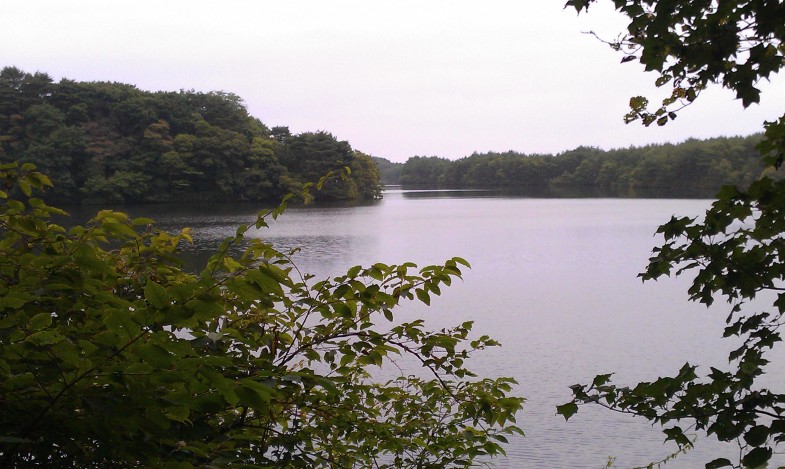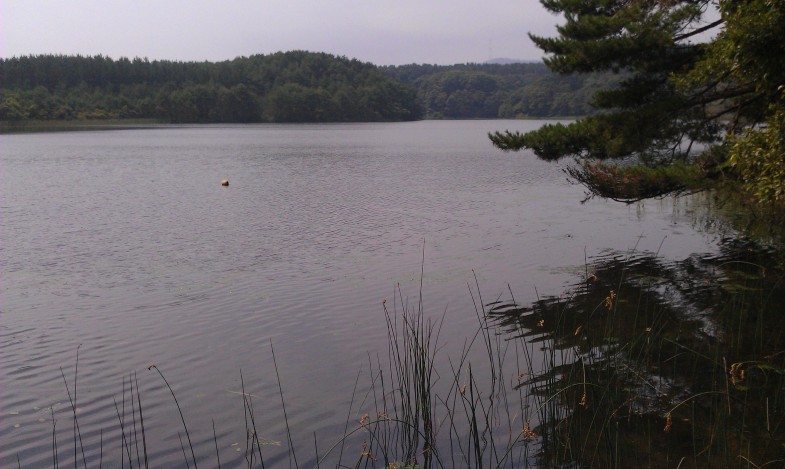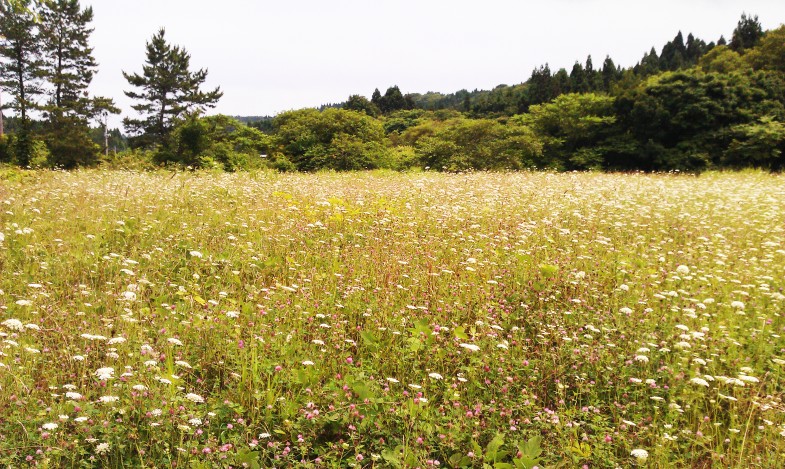


Një "Liqeni i Dunës me rërë" do të thotë që plazhet me rërë krijojnë zhvendosje për shkak të erës dhe faktorëve të tjerë.、Shtë një kënetë me ujë të ëmbël që u formua natyrshëm nga lumenjtë që rrjedhin në depresione (siç është Sagata, prefektura Niigata).。Rrymat dhe valët e oqeanit bëjnë që rëra të rritet si një bankë dhe të bllokojë daljen、Alsoshtë gjithashtu ndryshe nga liqenet Brackish si Lake Saroma dhe Hachirogata.)。Vetë liqeni i dunës së rërës është një qenie e vlefshme që po humbet në të gjithë botën.、Krijon një mjedis biologjikisht të vlefshëm。
Sand dune lake is a natural freshwater pond in a sandhill. It was shaped by wind. The wind had been carring sand and formed ups and downs, and then water stream into hollow places. It is not only very valuable existence itself in the world but also it gives important environment for biodeversity that’s being lost.
Në fshatin Higashidori、Ka shumë "liqene të dunës" të mëdha dhe të vogla (ka vetëm 13 emra të kënetave vetëm)。Fshati Higashidori, Dunat e Monkey Forest Sand dhe ligatinat e pasme janë zgjedhur si një nga 500 ligatinat e rëndësishme të Japonisë (mund të thuhet se shumica e pjesëve të Gadishullit Shimokita kanë marrë këtë përzgjedhje).。Ky majmun është Dune Sand Forest (1-2 km i gjerë)、Dunat e rërës Shimokita, e cila kombinon gjatësinë totale prej 17 km) dhe dunat e rërës që kanë hyrë pak në brendësi, janë、Rrallë është e njohur, por në të vërtetë është duna më e madhe e rërës në Japoni.。Arsyeja që është e panjohur、Pyjet e papërshkueshme nga era dhe rezistente ndaj rërës rrethojnë dunat e rërës.、Është e vështirë për njerëzit ta shohin、Shumica e Ministrisë së Mbrojtjes dhe të tjerët e përdorin atë në vendet e testimit balistike.、Sepse hyrja është e ndaluar。
There are many dune lakes in Higashi-dori village. Named lakes are minimum 13s. Salugamori sandhill (1~2 km width, 17 km length) include the rear wetland in this village has selected one of 500 of the important wetland of Japan (Actually most of Shimokita peninsula is selected also). Additionaly, Shimokita sandhill (includ this Salugamori sandhill with the next ones) is really the biggest one in Japan. However almost all japanese don’t know of it. One of the reason is that this place is hidden from the roads by pine grove for protect the wind and the sand. The other one, here is off limited, because this ares has been useing for test site of trajectory of Ministry of Defence (MD).
Vetë liqeni i dunës ndodhet jashtë zonës së Ministrisë së Mbrojtjes.、Disa duket se përdoren për peshkim.。Sidoqoftë, pyjet e pishave të papërshkueshme nga era dhe rëra janë rritur më të mëdha、Shumë nga rrugët që çojnë në kënetë kanë filluar të zhduken。Rënia dhe plakja e popullsisë po përparojnë edhe këtu、Asnjë hulumtim akademik nuk po bëhet tani.。
These are out of the area of MD. A few lakes of it look as useing fishery sometimes but not often. Most of the roads to go there is being lost by growing thickly weeds and pine grove. Creasing depopulation and ageing there. Academic reserch stopped now.
Fotografia është nga lart (e veshur nga veriu në jug)、Onuma、Sakyonuma、Aranuma。Madhësia dhe thellësia ndryshojnë pak, por të gjitha ato mbeten të natyrshme.。Onuma është një karkaleca tenaga、Sakyonuma është e famshme për Aegagropila Linnaei të saj.、Happensfarë ndodh tani që ne nuk kemi hetuar?。Aranuma është e thellë 1-2m、Aktualisht është duke zgjedhur Junsai (Brasenia schreberi).。
Photo:(above) O-numa. Small river prawn lives in. (midlle) Sakyo-numa. Sakyo-numa is famous for “Hime-malimo” (small moss ball), but how is it now? (bottom) An old woman was picking “Jun-sai” (the water shield) from the water at lake Ala-numa. ※numa means lake or pond. All of dune lakes are Nature.

